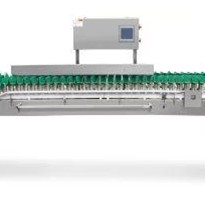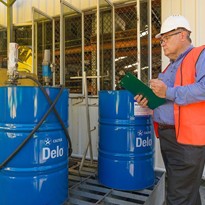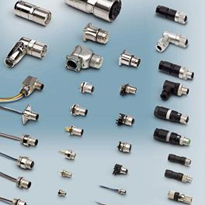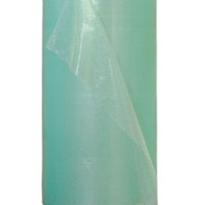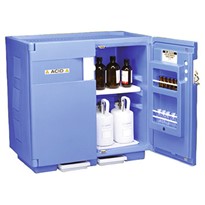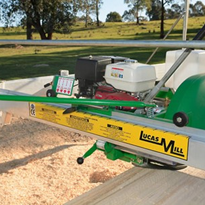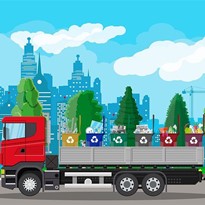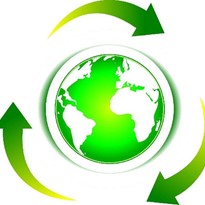There’s no doubt that the circular economy model is gaining traction, with a joint report from the CSIRO and KPMG in April 2020 suggesting Australia’s circular economy could deliver an economic benefit of $23 billion by 2025. Furthermore, the same report projected that an additional 17,000 full-time equivalent jobs will be made available as a result by 2047-48. This potential economic payoff is paramount, especially in a post-COVID economy.
That’s why Wastech is committed to developing an environmentally sustainable future in Australia through the circular economy via educating consumers on what is possible.
Here, we share our top 5 favourite YouTube video interviews and stories that demonstrate the importance of a relationship between the circular economy and environmental stability.
Sustainability, Circular Economy, and the Consumer Mindset
The material landscape has evolved significantly to deal with sustainability over the past five years. Observing its strong growth, Dr. Andrew Dent from Material ConneXion notes now even more sustainable materials are on offer. The conversation has since shifted from lowering environmental impact due to carbon footprint to asking ourselves how we can get more out of the raw materials we’re using. For example, from the design and production of the raw material through to the end of its life, the conversation is now focusing on where the product or its parts will go next. WIth more and more consumers looking for brands that align with their environmental values, this conversation is more important than ever.
Explaining the Circular Economy and How Society Can Re-think Progress
In this short video essay, the Ellen MacArthur Foundation addresses how the linear approach of taking, making and disposing is dangerous for our environment. Each time we replace our old phone with a new one, or throw away our washing machine for a better model, we are not only eating into a finite supply of resources but we are also producing toxic waste. This in turn, ends up as landfill. This linear approach cannot work long-term. The video addresses the importance of redesigning products and components, including their packaging, so we can create safe and compostable materials that have agricultural value. Instead of the ‘throw away and replace’ culture that we are so familiar with, we should be striving to adopt a return and renew approach. This means after the shelf life of the product has expired, the materials, metals and other parts can be reused while retaining their quality.
Sustainability through a circular economy
Maayke Damen, in her 2012 TEDx Talk, begins by posing to the audience a question of why we throw away an entire machine when just one part is broken. Addressing that we throw away two trillion materials a year globally, Maayke takes the listener on a journey where she discusses her Resources Passport, a Google-like database where you track and trace all the materials that make up a single product. This format is necessary in order to successfully contribute to the achievement of a circular economy. Through education of the circular economy, only when we get together to make a difference can we start to break away from the linear approach.
Fashion Industry & Circular Economy
This short video discusses the fashion industry and its linear economy paradigm of “take, make, waste.” Causing irreparable damage to our environment, many pioneering fashion companies are now aiming to revolutionise the fashion industry by taking on a circular approach to designing, using and recycling materials and practices.
Construction Industry & Circular Economy
Construction is an industry sector that has not evolved over the past 25 years. This video highlights the production and demolition processes while addressing the awful ratio of output to inputs. The huge resource requirements makes the construction industry one of the most damaging industries to our environment. Creating a regenerative city begins with the design process, encouraging architects and builders to use materials according to principles of long-lasting, repair, easy maintenance, remanufacturing and refurbishing. To learn more about Wastech’s waste & recycling projects, contact us.














